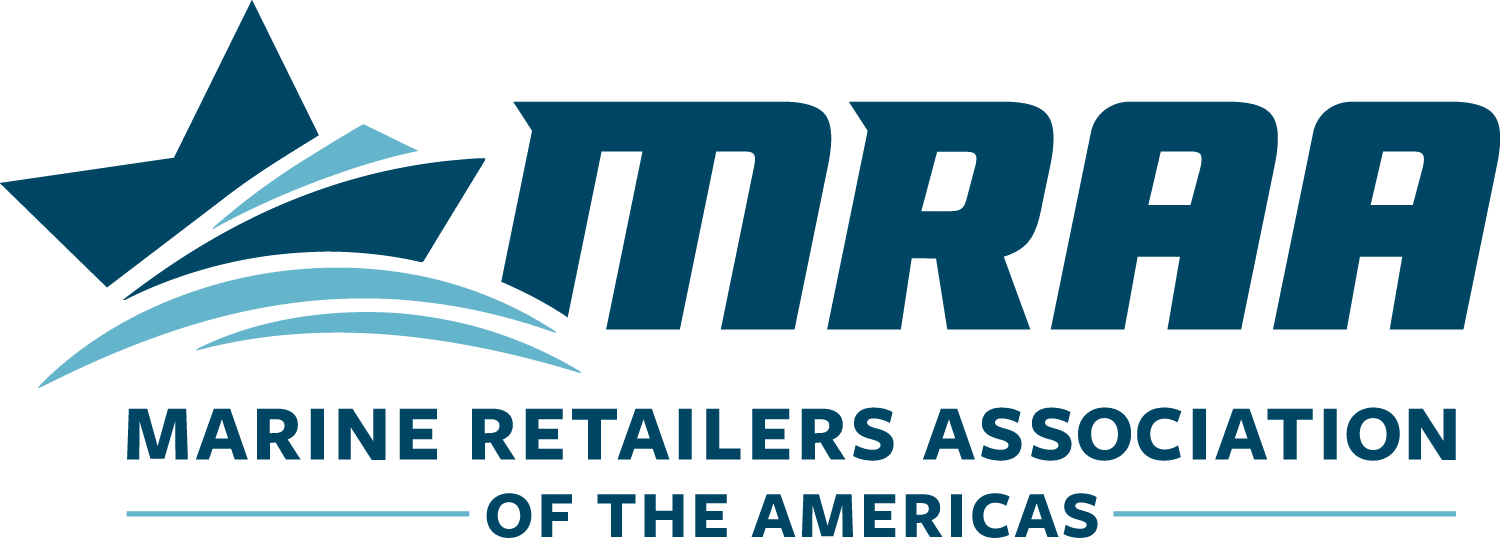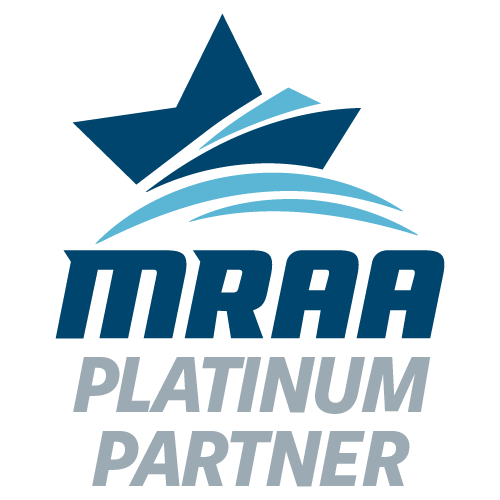Finding qualified candidates to fill your dealership’s open positions isn’t easy … especially right now. The labor shortage — not just in the recreational boating business, but in almost every industry — means that any decent candidate has their pick of jobs to choose from.
So, how do you set yourself apart and increase your chances of being selected as the employer of choice?
Well, for one, you can avoid these common recruiting and hiring mistakes.
1. A reactive approach to hiring: If you don’t begin thinking about how to attract potential job candidates until you have an open position in your dealership, you’re taking a reactive approach to hiring. By doing so, your ability to quickly and successfully fill that open position — and any jobs that become available in the future — is greatly reduced.
No matter how big or small your dealership is, as an employer, it is critical these days to take a pro-active approach to your workforce. In other words, you must always be recruiting.
Experts are forecasting that the factors causing this labor shortage aren’t going away any time soon. In addition, employees are changing jobs more frequently. Chances are, as a dealership owner or manager, you’ll need to dedicate more time and effort than you have in the past to successfully recruit and hire.
Those that develop strong recruiting and hiring processes will find themselves with a serious competitive advantage.
Here are a few ways you can be proactive:
- Devote a section of your dealership website to information about you as an employer. Be sure to highlight the unique reasons your business is a great place to work, not just compared to other boat dealerships, but also to similar jobs in other industries, like car dealerships, restaurants, factories, hotels and resorts.
- Create an employee referral program where your team is rewarded when their friends or family are successfully hired by the dealership.
- Be on the look-out for people with the behaviors, values and skills you’re looking for when you’re out and about in your local community, and don’t hesitate to share your business card with them. Best Practice: Some dealership owners have developed special business cards specifically for the purposes of recruiting.
- Form mutually beneficial relationships with local organizations, schools and programs that may be able to help you attract prospective employees.
2. Failing to identify who you’re trying to attract: Before you begin promoting an open position in your dealership, consider the qualities and abilities you’re looking for in a candidate for that specific position. Then, envision the person or people who might be a good fit. By doing so, you’ll be able to write and post your job advertisements to appeal to the specific candidates you’re looking for.
Want some examples? Register to attend MRAA’s free recruiting & hiring webinar on April 7th at noon eastern (or if you’re reading this after April 7th, log into MRAATraining.com to find and watch the recording). In it, we’ll identify how to identify who you’re trying to attract for three common dealership hiring scenarios and how to use this information to increase your chances of hiring success.
3. Excluding a valuable group or groups of candidates: If someone asked you whether you’d rather have one or two people apply for a position vs. 10 or 20, you’d probably say 10 or 20, right? After all, part of the reason we advertise for a job is to receive a pool of candidates from which we can select the best fit.
But despite this desire to attract as many candidates as possible, we often make the mistake of excluding or discouraging people we want to attract when we put together a job advertisement.
Some of this comes from a sense of idealism. If we could pick the perfect candidate, we’d like them to have exactly these skills or this many years of experience or that degree.
In reality, there are plenty of candidates who don’t fit in that box, but who do have what it takes to be successful in our open position.
For example, perhaps they didn’t graduate from a marine technician training program, but they do have proficiency working on snowblowers, farm equipment or military vehicles. Perhaps they don’t have experience in the marine industry as a service writer, but they do have excellent customer service skills and great attention to detail. Perhaps they don’t have a business degree, but they do have leadership experience and an understanding of small business finance from running their family’s furniture store.
Take the time to review a draft of your job advertisement with this in mind. How can you remove language or requirements that may limit the size of the pool of candidates you attract?
4. Focusing on the short-term instead of the long-term: We’ve all done it. There’s an opening in our company. Not having someone in that role is causing our team to feel stress, put in long hours and even take shortcuts in an attempt to get it all done.
So we rush through the interview process, roll the dice and hire someone to fill the job who doesn’t quite check all of our boxes or who we haven’t spent the time to be confident in. We tell ourselves: Someone is better than no-one. But are they?
Fast-forward a few days, weeks or months. Maybe they’re not arriving at work on time or communicating with their co-workers. Maybe they’re causing drama and frustration within your team. Or maybe they stop showing up to work altogether.
Suddenly, the “warm body” strategy doesn’t seem like such a good one. You’ve wasted time, effort and money on someone that could have been prevented if you had taken the time to find the right person at the start.
5. Confusing your job description with your job ad: When a position opens up at your dealership that you want to fill, the first thing on your “to do” list may be to write a job description for it. Or maybe you already have one in hand, in which case, you can review and update it.
Too many times, that job description is then copy and pasted into a job advertisement template, and checked off someone’s list.
While both the job description and the job advertisement are important, they serve different purposes, and to be successful, require a different approach.
When preparing your job advertisement, your goal should be “to attract great candidates, rather than merely list pertinent requirements and qualifications” according to BetterTeam.com.
Here are a few tips they suggest you consider when writing a job advertisement:
- Use the job title to share the name of the position plus the top one to three things that you expect will make the job attractive to your target applicants;
- The first paragraph to introduce the advertisement should hook the job seeker with three to five details that will make them want to read the rest of the posting.
- Tell your company’s story in a way that emphasizes why people love to work there and the perks of the position. Tip: Ask your team to help you with this. They may have suggestions you wouldn’t think of.
- Sell the job rather than focusing exclusively on requirements. Be sure to explain all the reasons why someone should apply. That may include your location, culture, lifestyle, hours, salary, benefits, flexibility … whatever makes your business and the position attractive.
- Share your first draft with others to get their feedback on how to make it more effective, like you would with any marketing piece.
6. Overlooking your own team: Don’t forget to advertise the open position within your dealership. Not only might your employees have family or friends who are looking for work, but you may be surprised to find someone in a completely different role or department express interest. By training them for this new role, you may be able to boost their loyalty and value to your dealership, while gaining a proven performer in the role who fits your culture.




